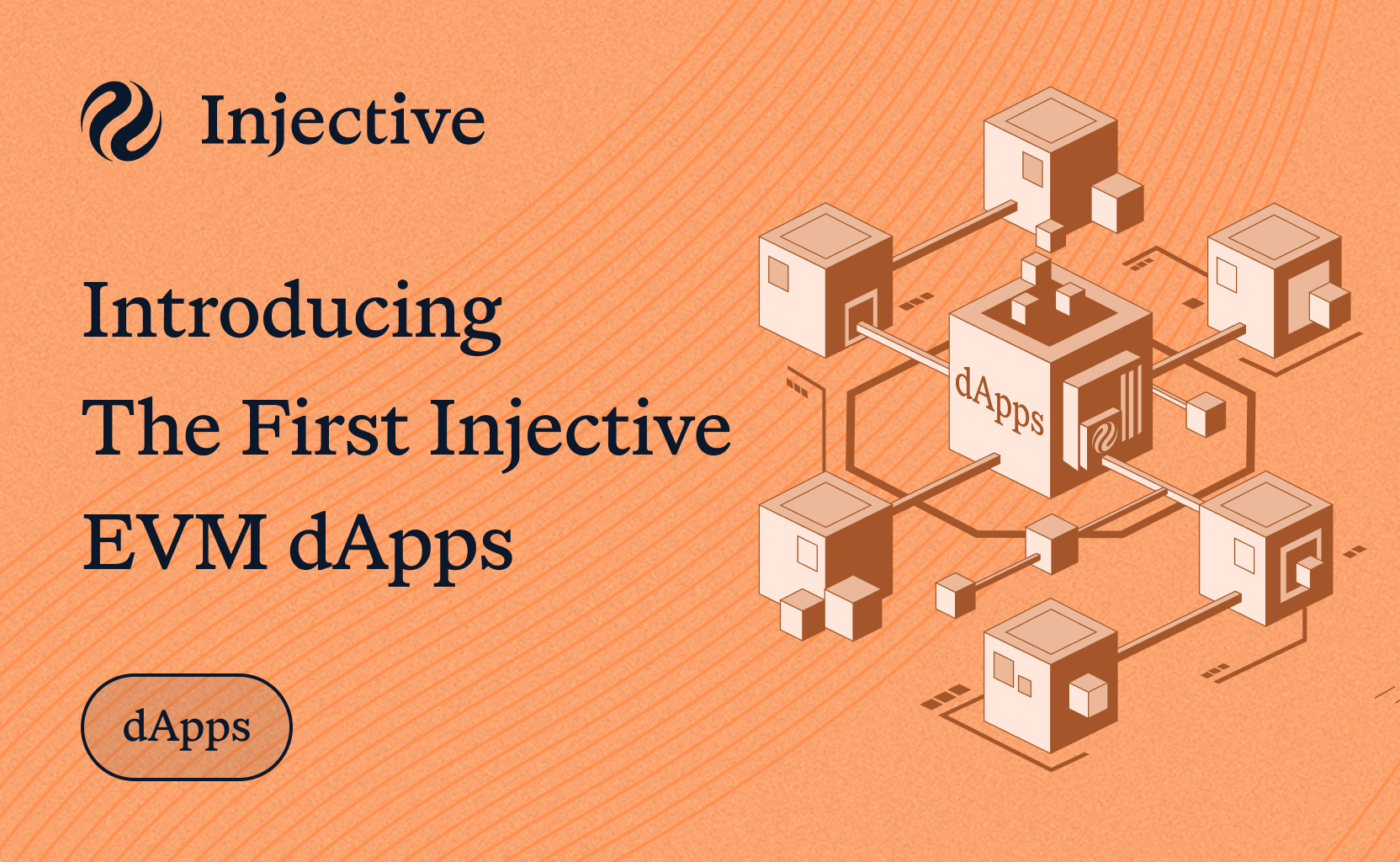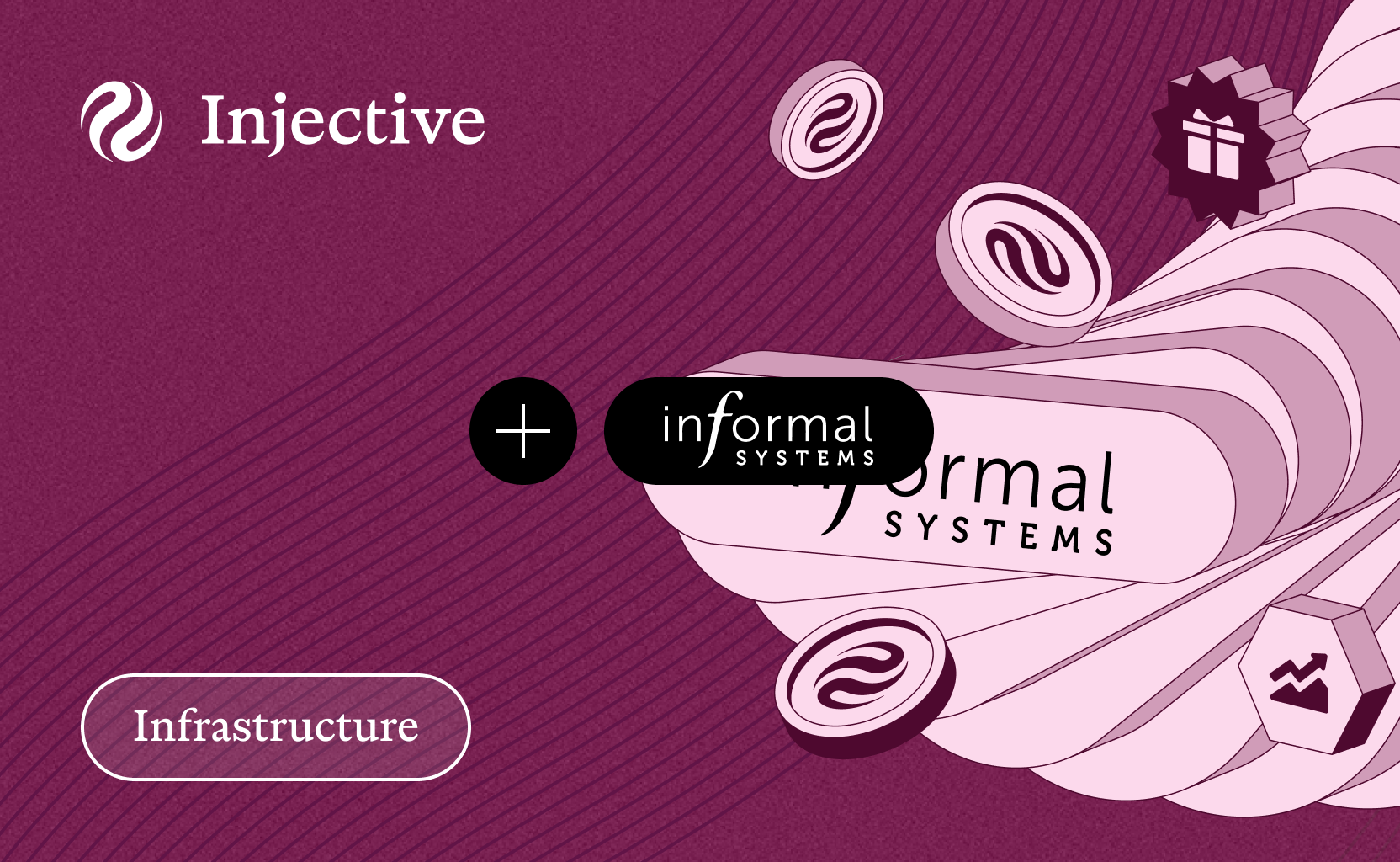In 2008, a pseudonymous user under the name Satoshi Nakamoto released a paper titled “Bitcoin: A Peer-to-Peer Electronic Cash System” on small Internet forums. The paper outlined a novel peer-to-peer protocol that would later constitute the world’s first digital asset which promised to rewire the finance industry.
The revolutionary idea shared in the whitepaper comes down to the ability of Bitcoin to “allow online payments to be sent directly from one party to another without going through a financial institution”. This is achieved via Bitcoin’s ability to facilitate transactions in a peer-to-peer and permissionless manner by leveraging cryptographic primitives and a decentralized network controlled by independent nodes based on the PoW consensus mechanism.
Over a decade later, as hundreds of new protocols rose to prominence, Bitcoin has continued to be the most popular digital asset in existence with the largest market capitalization. In this article we’ll break down the core aspects of Bitcoin work and explain why it’s still so valuable.
How does Bitcoin work?
Traditional payment networks operate via a centralized database of account balances. Money transfer occurs after the ‘spender’ account is checked to have enough balance to transfer the desired amount to another account in the network. The database is then updated according to the new balances of the two accounts. These checks are controlled by centralized entities such as banks, which imposes a risk of single point of failure. In addition, these checks involve multiple intermediaries which adds friction as well as extra fees.
Bitcoin aims to norms set by banks with an entirely new structure. The Bitcoin network represents a collection of nodes (i.e. computers) which all run the same software that allows them to record and share the state of the network as an alternative to the centralized database found in traditional finance. This state is essentially maintained by a shared public ledger, or blockchain, which records all of the confirmed transactions in the network. At each moment in time, the most recent “block” will contain a set of new transactions, which represent transfer of ownership of some BTC amount from one network address (wallet) to another. This way “the state” recorded in the blockchain will allow any Bitcoin wallet to calculate their spendable balance.
With this structure, the network is simultaneously maintained by multiple nodes, instead of being controlled by a single centralized authority. Apart from storing the state, some nodes participate in the process of creating new blocks that record new transactions. The nodes that propose and validate blocks on the Bitcoin network are called ‘miners’, who “mine” the blocks by performing expensive computations. The difficulty of these computations is proportional to the number of active miners on the network. Therefore, as the number of miners on the network rises so does the associated complexity. This process ensures that as the network grows, it becomes more resilient to attacks which in turn deters malicious nodes.
Miners that secure the Bitcoin network with the Proof-of-work (PoW) consensus mechanism are rewarded with BTC for verified transactions, commonly known as “block rewards”. The miners compete to consume the least amount of energy for performing the same amount of work, and this race to the bottom has quickly led to the development of specialized hardware for performing such computations. This attracted researchers who took up the challenge of searching for new power hardware that is tailored to perform specific computations while utilizing low energy resources. This extended to energy costs based on geographic locations which spurred numerous mining operations in countries where energy is cheap, such as China.
The majority of miners use non-renewable energy to run this specialized hardware which has sparked criticism of Bitcoin's environmental impact. Nonetheless, proactive countries such as El Salvador have commited to utilize 100% renewable energy to mine BTC with volcanoes. Researchers around the world are constantly looking to find innovative ways that will allow BTC to prosper with 0 energy emissions. Meanwhile, newer protocols have decided to take on a different path and utilize the Proof-of-Stake (PoS) consensus mechanism which is energy-efficient as it doesn’t require extensive computations.
Why is Bitcoin valuable?
Bitcoin was the first of its kind and ushered a new era of digital assets that can exchange value in a permissionless and trustless manner. Along with the fact that it’s scarce, fungible and divisible, it was initially considered digital money or “electronic cash”, as described by Nakamoto in the original whitepaper. This narrative has shifted throughout time given the limitations of Bitcoin’s architecture: the long confirmation times and low throughput of the network don’t make it fit to be attributed the moniker of “digital cash”. The main narrative around Bitcoin now pertains to how it can be used as a store of value and replace gold over time.
There are currently less than 19 million BTC in circulation and there’ll never be more than 21 million BTC. The circulating supply is currently increasing through block rewards, but every 4 years a “halvening” event takes place where block rewards are cut in half, creating deflationary dynamics in its value. Therefore, Bitcoin is usually contrasted to the perpetually inflating fiat currencies, making it the new inflation hedge.

About Injective
Injective is a lightning fast interoperable layer one blockchain optimized for building the premier Web3 finance applications. Injective provides developers with powerful plug-and-play modules for creating unmatched dApps. INJ is the native asset that powers Injective and its rapidly growing ecosystem. Injective is incubated by Binance and is backed by prominent investors such as Jump Crypto, Pantera and Mark Cuban.
Website | Telegram | Discord | Blog | Twitter | Youtube | Facebook | LinkedIn | Reddit | Instagram | Orbit Newsletter



